D-Day and Clifton College
Thursday marks the 80th anniversary of D-Day, where allied forces landed in Normandy. It was the largest seaborne invasion in history, it marked the beginning of the liberation of France and western Europe.
Clifton College has always been proud of its history, and strong links with the military being able to call Field Marshals Earl Haig and Lord Birwood alumni.
The Second World War’s effect on Bristol came later than major cities like London as until 1940, Bristol was out of range for German bombers. In 1941, after bombs missed Wiseman’s and Polack’s shelters by a matter of feet, it was decided that the school would be evacuated for the safety of pupils and staff. The College exchanged accommodation in Bude, Cornwall by allowing the Army use of the College.
US Army HQ
Various British and American divisions worked in the College buildings, until in 1943, General Omar Bradley moved here and the site became the headquarters of the US First Army. Bradley’s main office was the Housemaster’s drawing room in School House, and the Council Room outside the Percival Library became the planning room, drawing pin holes are still visible in the oak panelling from these meetings.
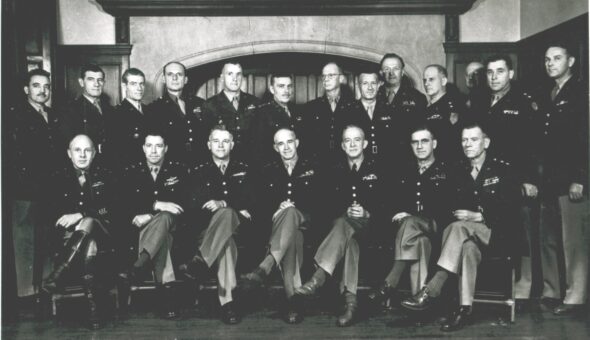
The table that was used for planning the invasion is still in the College, and can be found in the Newbolt Room.
The Wilson Tower overlooking the Close was used for intelligence offices and the crow’s nest at the very top received top secret Ultra messages intercepted from German forces and deciphered at Bletchley Park. Another floor of the Tower became a map room where details of the American part in the D-Day Landings were composed.
Classrooms and the Percival Library were full of clerks compiling the plans for the Normandy Landings, the College had become the nerve centre for the US Army.
The college’s boarding houses in the large Victorian residences nearby became billets for the troops and our nearby Beggar’s Bush Sports Ground became an airstrip.
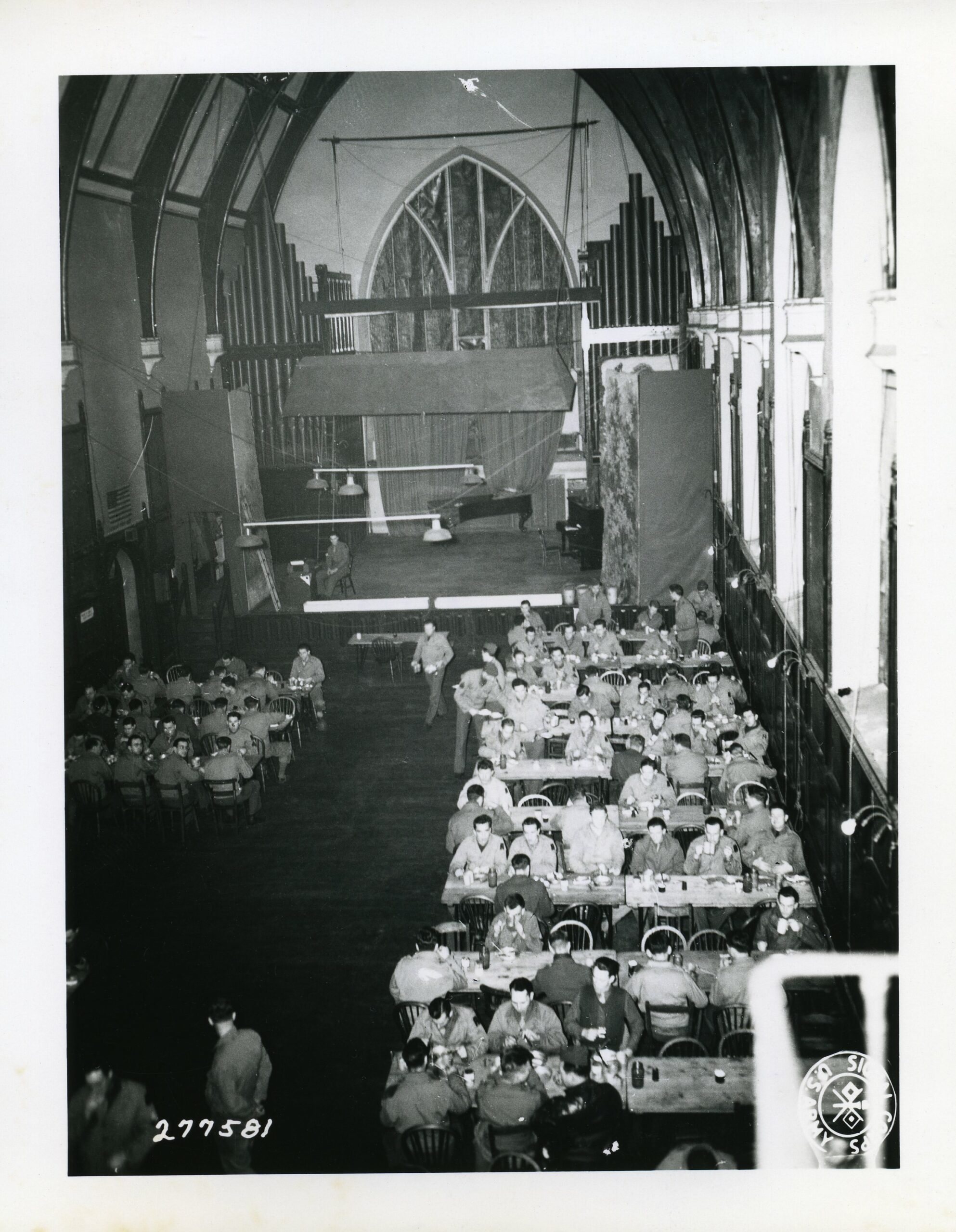
After the War
The US Army handed back the College in November 1944, and since then reminders of the American tenants have been kept, a signed copy of Dwight Eisenhower’s autobiography, dedicated to the College is kept in our archive, and the stars and stripes flag that flew from the Wilson Tower is on display in the Prep Hall.
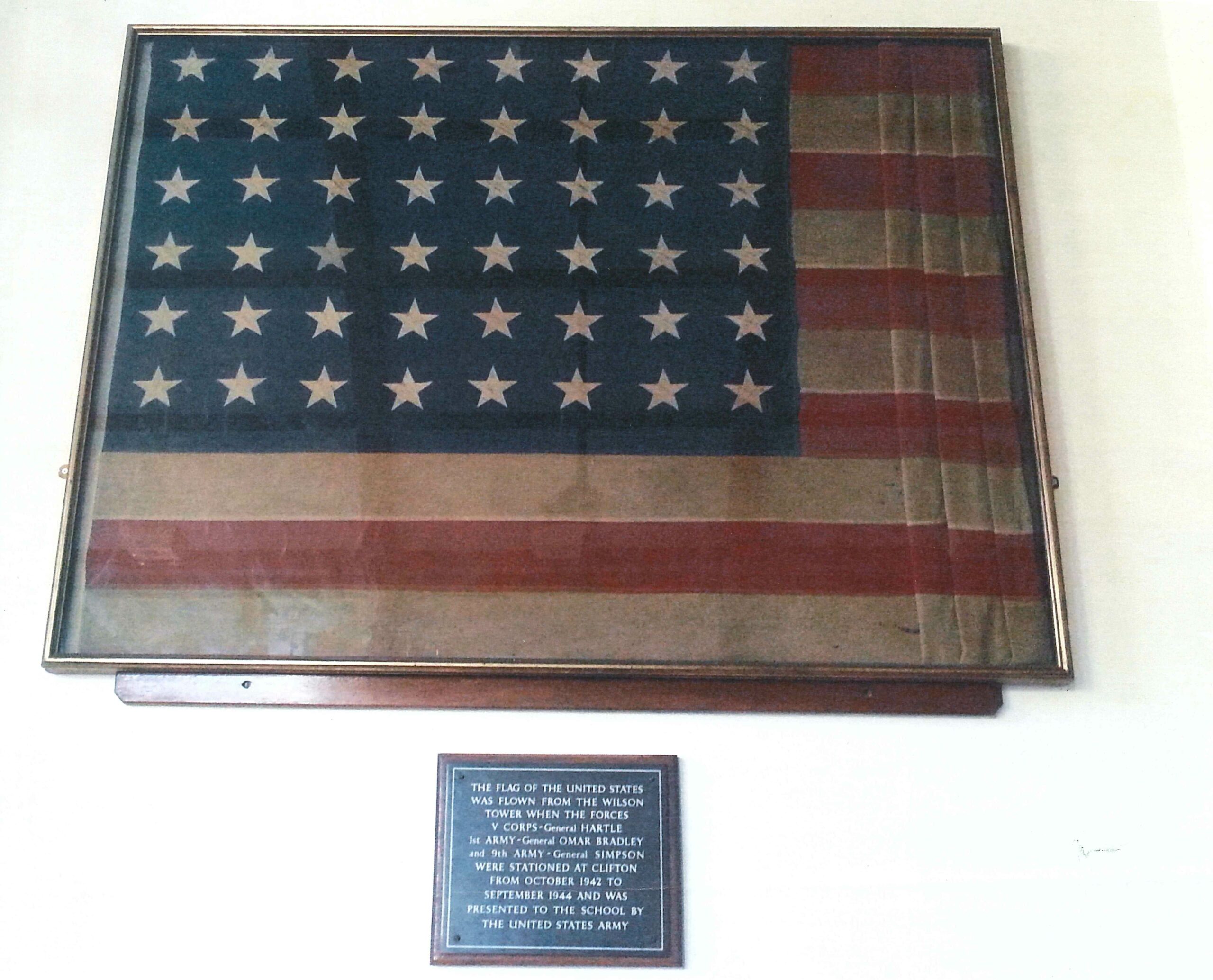
During a repair of the school clock was carried out in late 2010’s it was found that the last man to do it was an American soldier in 1943, Technical Sergeant Donald Trentland who left a note within the clock.
General Omar Bradley returned to the College in 1953 as a guest of honour at that year’s Commemoration Day, during his return he asked that the College fly the US flag each year on the 4th of July, a request that is still honoured to this day.
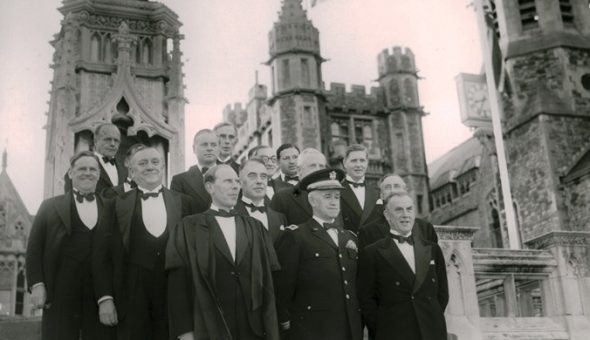
On the 80th Anniversary of D-Day, it provided an opportunity to reflect on the historical significance our facilities had on the Second World War and all the OCs who served in the War and all others. We will mark the anniversary with a special chapel service for pupils and staff, and the Clifton College flag will fly from the Wilson Tower just as the stars and stripes did 80 years ago. One of our visiting music teachers, Mr Angel, recently sang at Portsmouth Cathedral for BBC Radio 4’s Sunday Worship special marking the anniversary of the Normandy Landings.
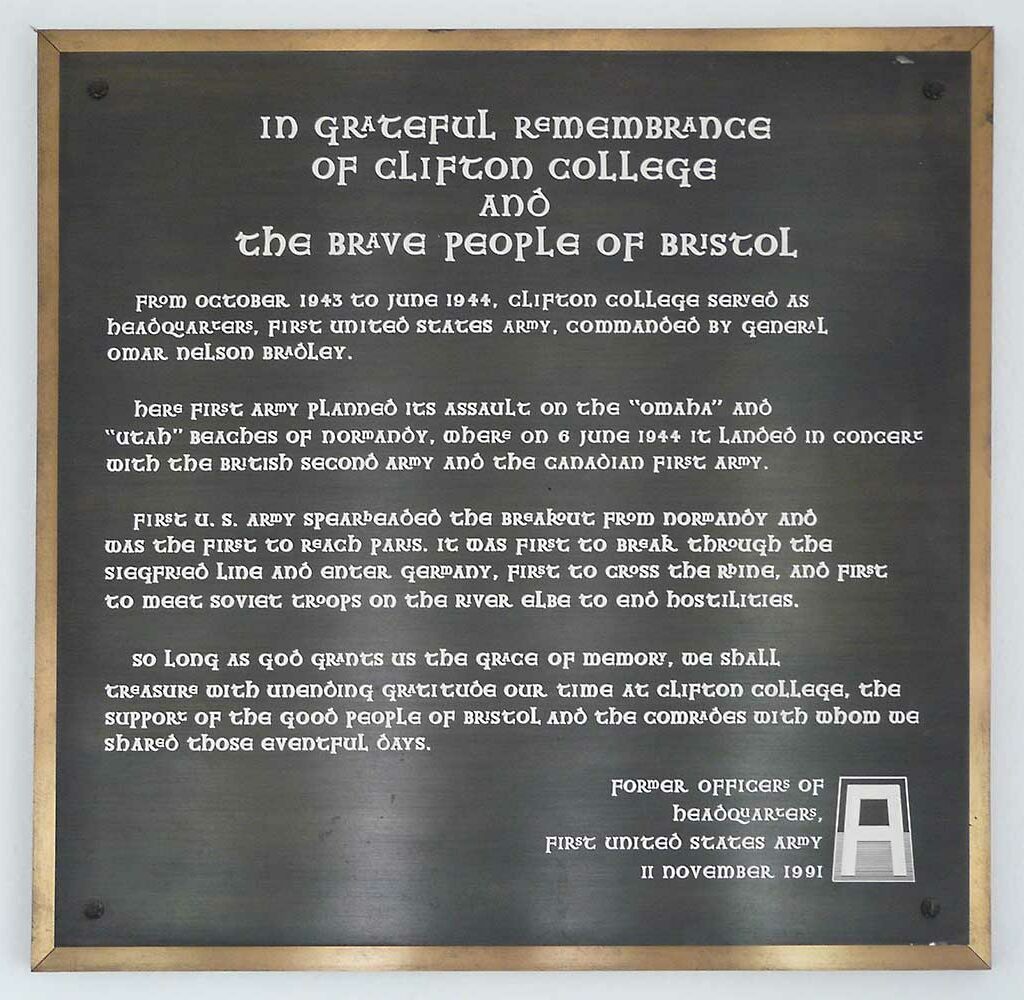
You can watch an ITV News feature on Clifton College’s involvement in the planning of D-Day here:
